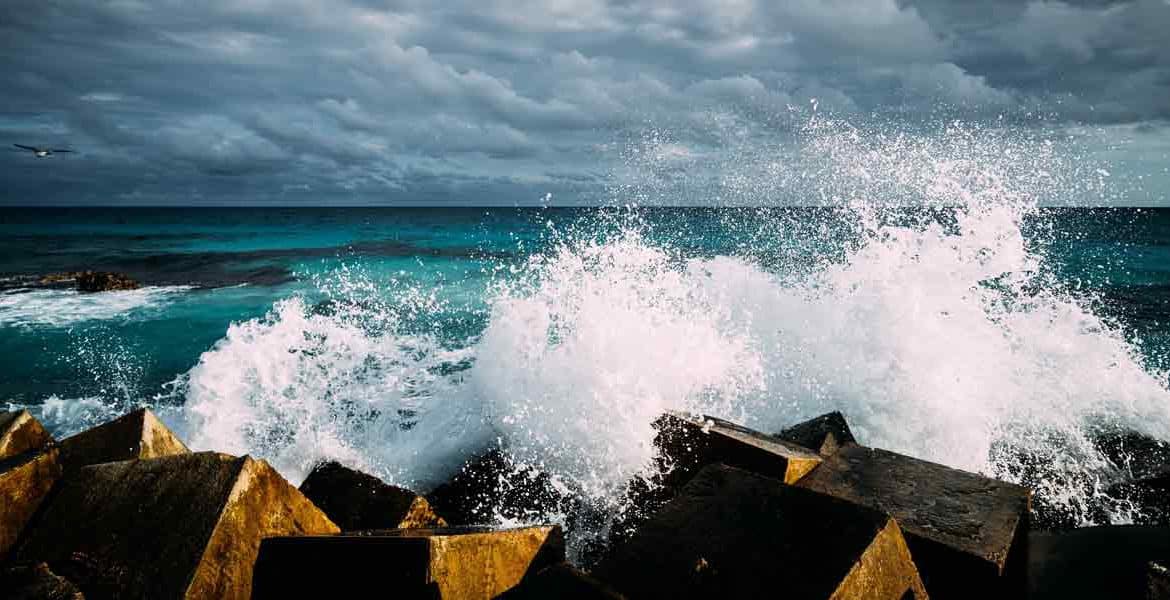The Australian Energy Regulator (AER) has today released their final determination for the 2023–24 DMO (Default Market Offer) prices. Sure, there is only a small percentage of households on the DMO offer. But, like the canary in the coal mine – when the DMO price goes up, it’s a clear signal that power prices will soon rise for everyone.
That’s because the DMO price factors in surging wholesale energy costs, network, environmental schemes and retail costs, plus the latest inflation forecasts.
Why the DMO matters
The DMO is a safety net that sets a maximum electricity price for household and small business customers, on standard retail plans, in South Australia, New South Wales and south-east Queensland. Customers who don’t choose a market offer end up on the Default Offer. The Energy Regulator sets price controls designed to provide some protection against the massive overcharging of the past. The DMO also becomes the benchmark, known as “the Reference Price”, by which the discount rates of market electricity offer must be expressed.
2023-24 DMO – here’s the damage
From 1 July 2023, residential customers on standard retail plans will see price increases of 20.8% to 23.9% without controlled load, depending on their region, and between 19.6% to 24.9% with controlled load, depending on their location. Small business customers face increases of 14.7% to 28.9%, depending on their location. The Federal and State Governments announced an Energy Bill Relief program starting July 1 2023 that will assist vulnerable households and small businesses in mitigating some of the increasing costs. Head here for details.
2023-24 DMO Electricity Prices
| Distribution zone | Residential | Residential with controlled load | Small business without controlled load |
| Ausgrid (NSW) | $1,827 (3,911 kWh) | $2,562 (flat rate 4,813 kWh + CL 2,005 kWh) | $4,999 (10,027 kWh) |
| Incr vs 22-23 | +$315 (20.8%) | +$440 (20.7%) | +$639 (14.7%) |
| Endeavour (NSW) | $2,228 (4,913 kWh) | $2,977 (flat rate 5,214 kWh + CL 2,206 kWh) | $4,598 (10,027 kWh) |
| Incr vs 22-23 | +$392 (21.4%) | +$594 (24.9%) | +$816 (21.6%) |
| Essential (NSW) | $2,527 (4,613 kWh) | $2,977 (flat rate 4,613 kWh + CL 2,005 kWh) | $5,761 (10,027 kWh) |
| Incr vs 22-23 | +$435 (20.8%) | +$487 (19.6%) | +$860 (17.5%) |
| Energex (SE QLD) | $1,969 (4,613 kWh) | $2,363 (flat rate 4,412 kWh +CL 1,905 kWh) | $4,202 (10,027 kWh) |
| Incr vs 22-23 | +$349 (21.5%) | +$402 (20.5%) | +$756 (21.9%) |
| SA Power (SA) | $2,279 (4,011 kWh) | $2,787 (flat rate 4,212 kWh + CL 1,805 kWh) | $5,849 (10,027 kWh) |
| Incr vs 22-23 | +$439 (23.9%) | +$512 (22.5%) | +$1,310 (28.9%) |

